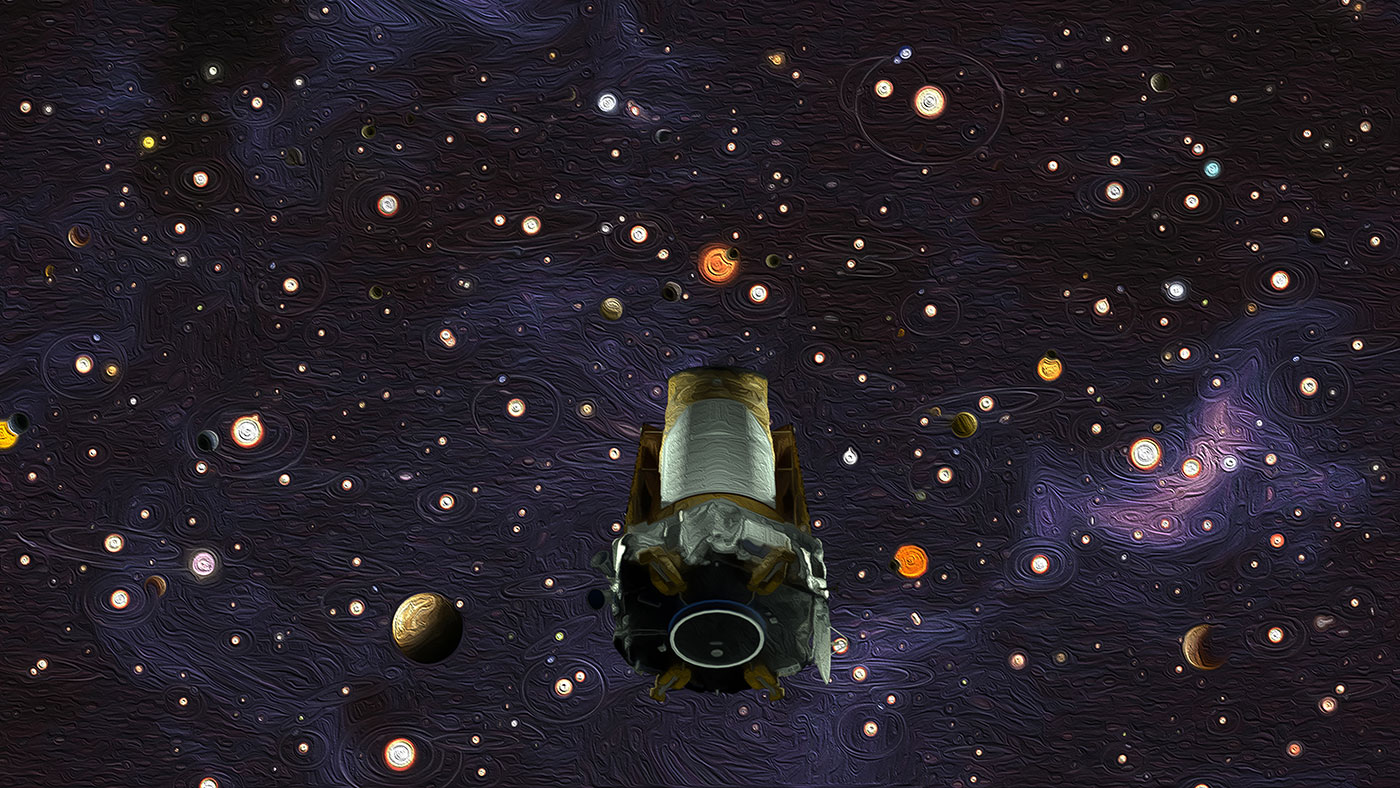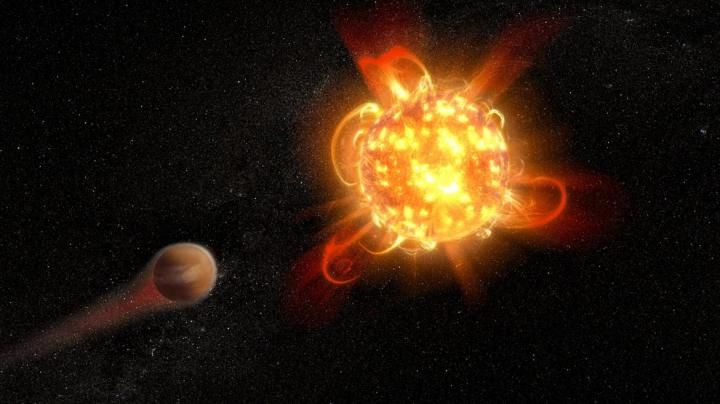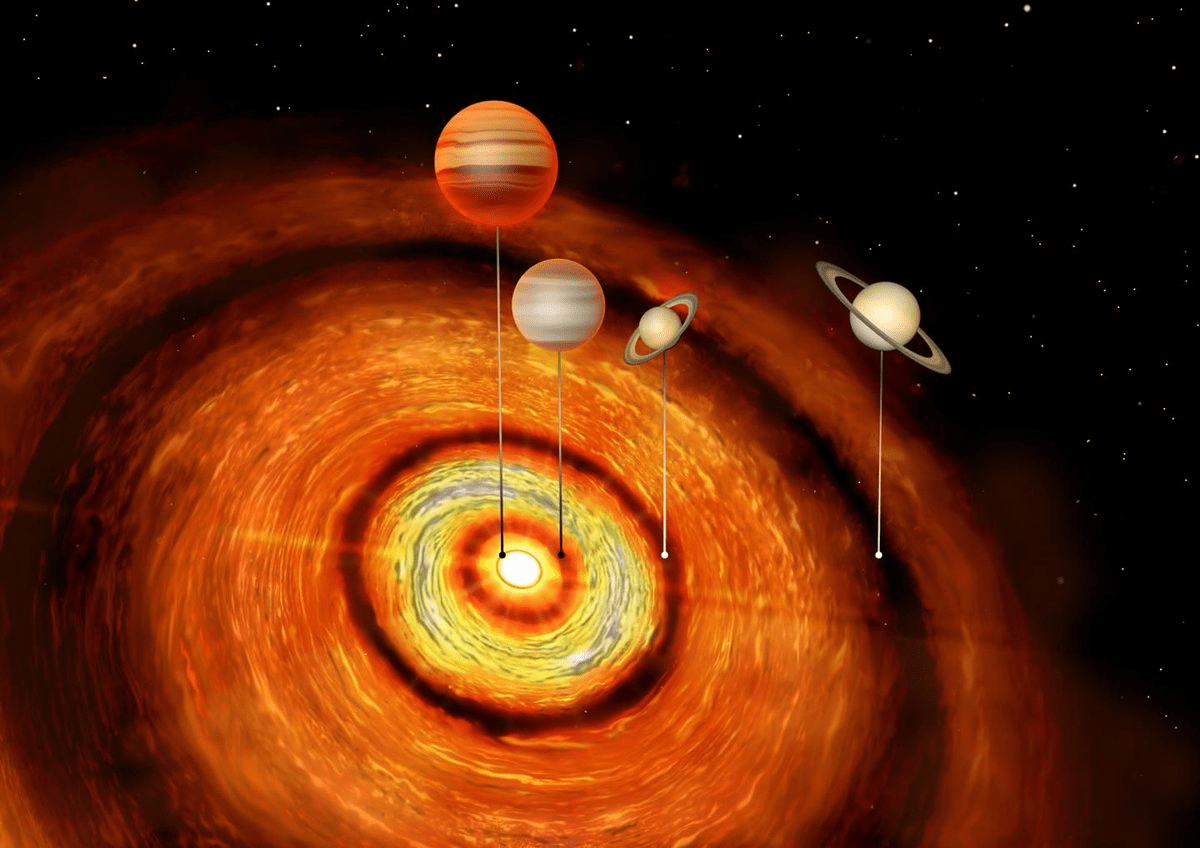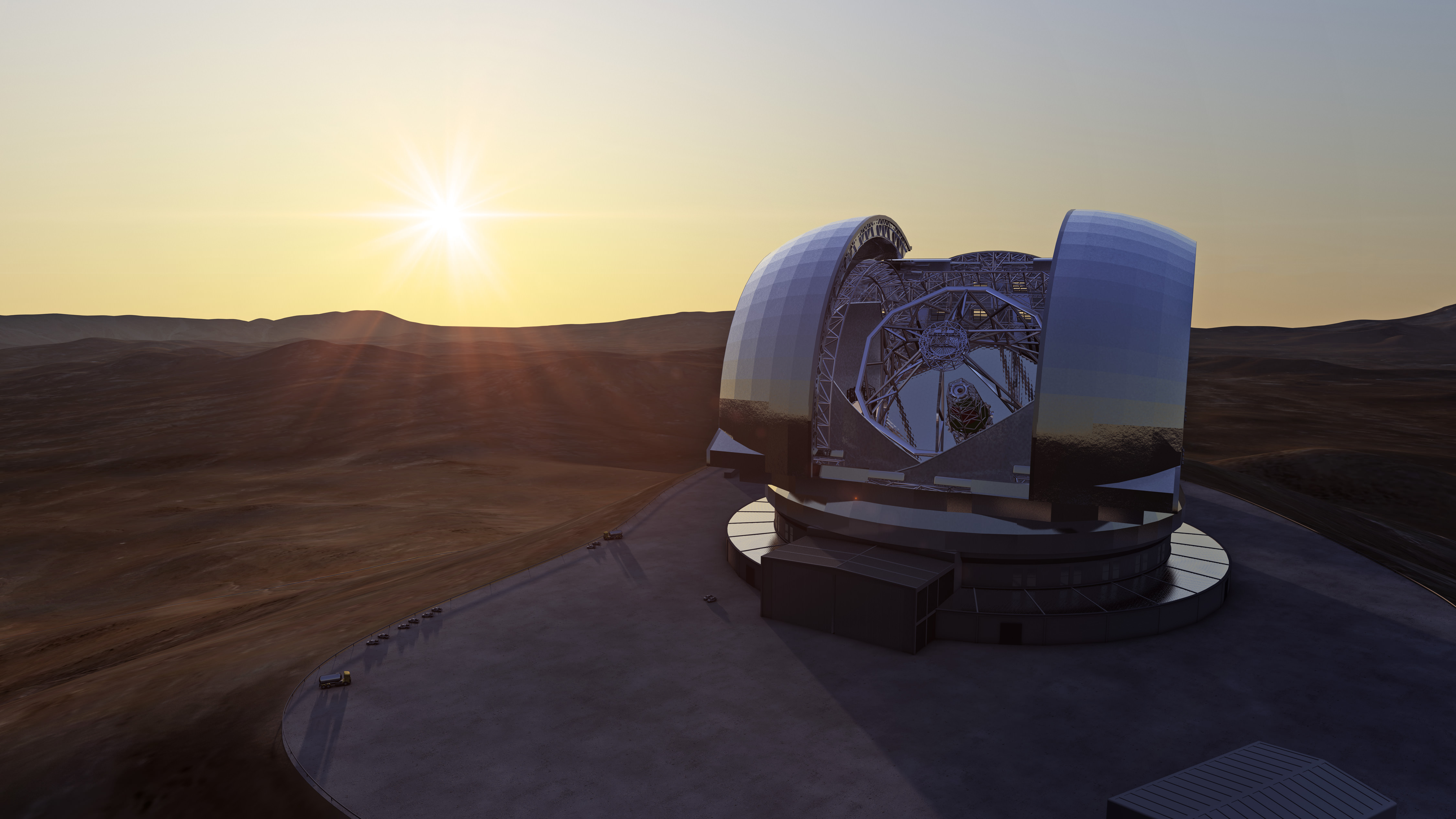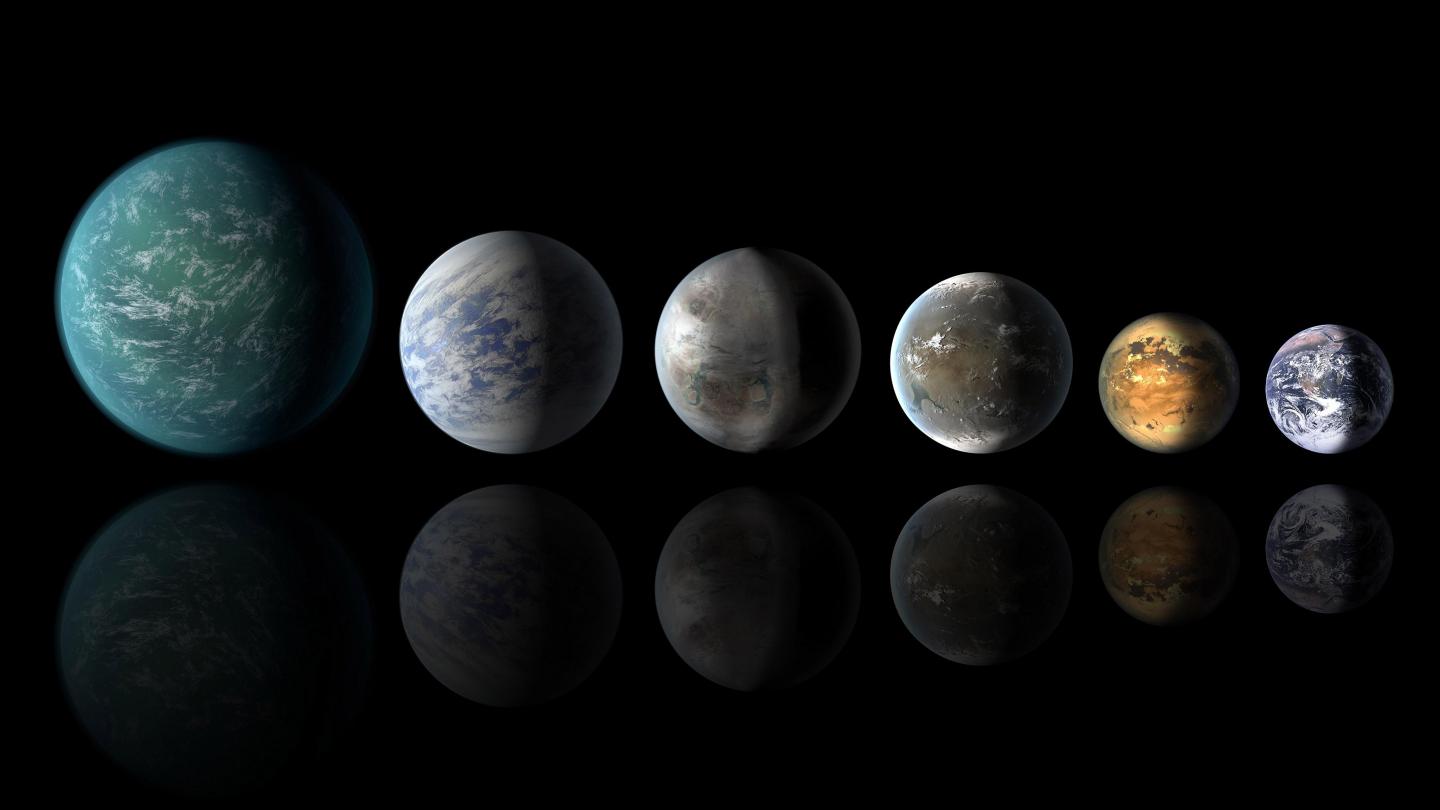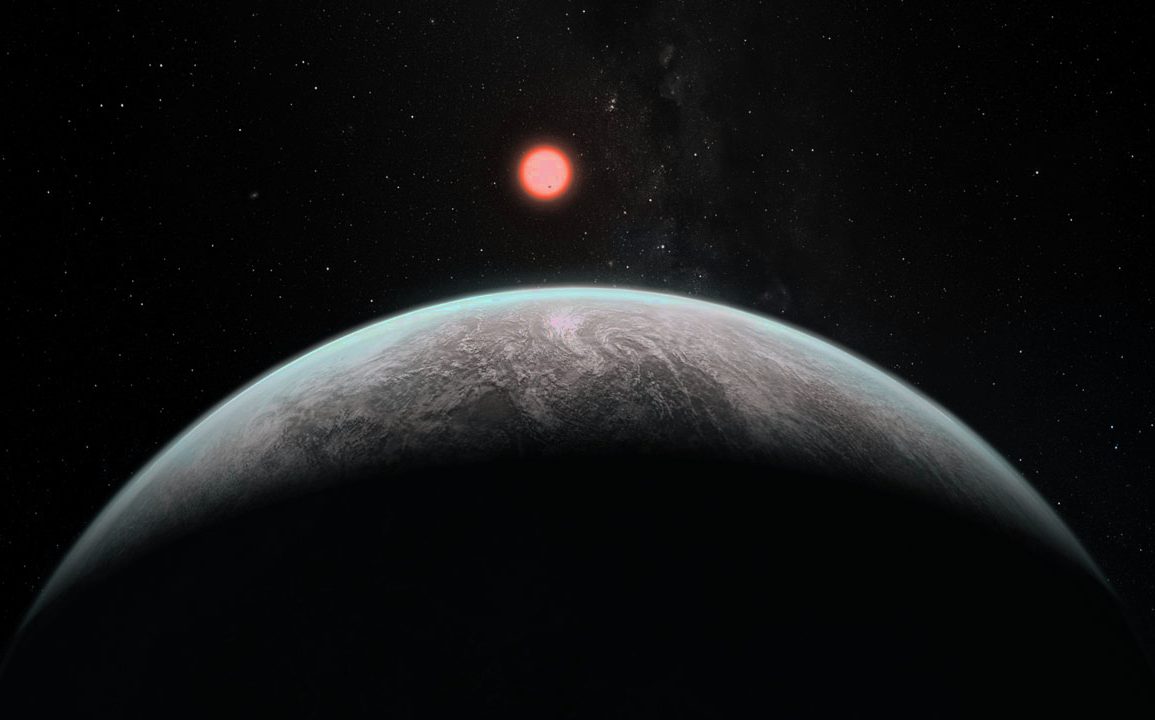It’s been quite a tumultuous time for space telescopes lately! Less than a month ago, the Hubble Space Telescope went into safe mode after experiencing a mechanical failure with one of its gyroscopes (which has since been remedied). Shortly thereafter, the Chandra X-ray telescope went into safe mode as well, and for similar reasons. After three days, it’s operations team managed to get it back in working order as well.
And now, after nine years of service, NASA has officially announced that the Kepler Space Telescope will be retiring. With no fuel remaining to conduct its science observations, NASA has decided to leave the telescope in its current safe orbit (well away from Earth). Far from being a sad occasion, Kepler’s retirement is an opportunity to reflect upon the immense accomplishments of this telescope and how it revolutionized the study of exoplanets.

